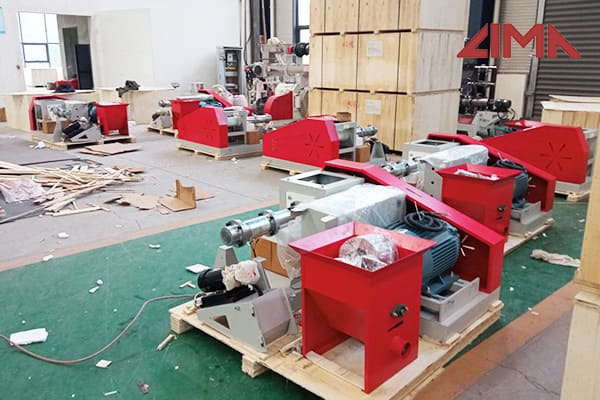
Home » Blog » Fish Feed Machines » wet type feed production lines sheep south Africa Sheep 201: Sheep diseases A-Z 2021-04-19 · Sheep scab is a very contagious disease, caused by mites feeding on the surface layers of the sheep's skin.
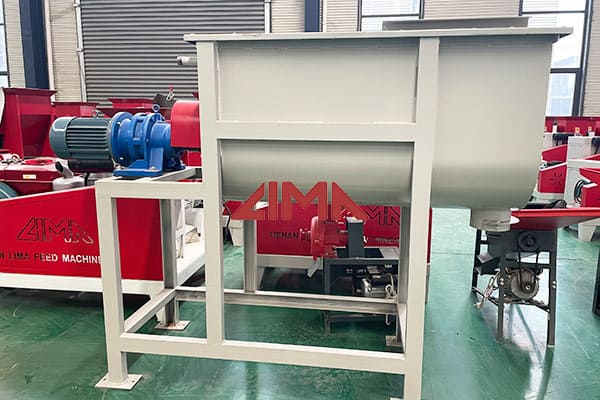
2014/11/09 · The world’s leader in rabbit meat production is China, representing over 30% of total global production. Rabbit meat is popular in countries such as Italy, Spain, France and China. These countries consume the most rabbit per person (about 8kg per person) and are the best export markets for rabbit meat.
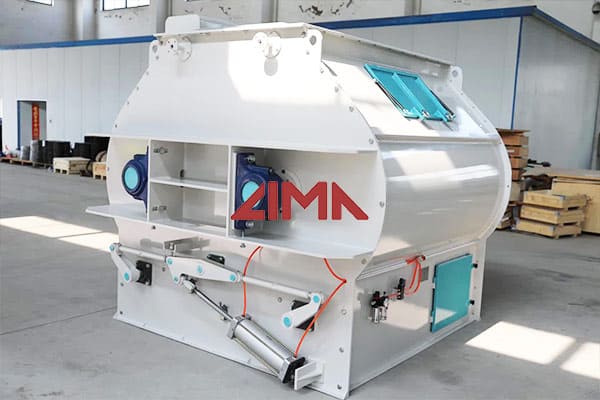
2021/08/14 · Unlike chickens and other livestock, you give them one feed,” said Moleko. “You will spend less than R2,000 on feed for 40 rabbits.” See Also: Here's what it will cost you to start your own chicken farm in South Africa Rabbit kits

dry type feed making machine sheep Vietnam wet type feed production line pangasius in gujarat . Lima Feed Machine Lima Feed Machine was founded in 1989, is a 34 years of development and production experience of fish feed
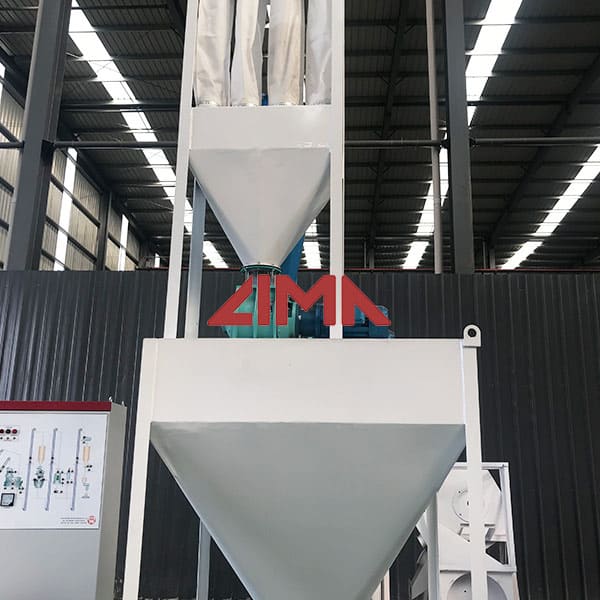
FOB Price: 300 - 700 USD / Metric Tons. Type Rabbit. Product Type Red Meat. Style Frozen. Freezing Process IQF. Processing Type Boneless. Contact Supplier. TIFFANY ANDERSON GROUP PTY LTD South Africa. Main Products: Fresh Fruits, Dairy Products, Grains And
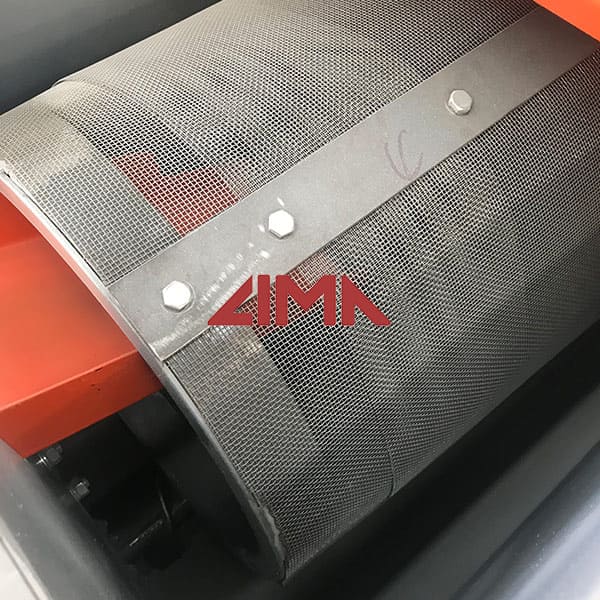
According to Daisy Moleko, founder and CEO of rabbit farming company MPBizRabbitry Model, starting a basic rabbit farm will cost you about R60,000. That includes 40 rabbits, a mixture of adults and kits, 12 cages, feeders, waste pans, and PVC water pipes, as well as training.
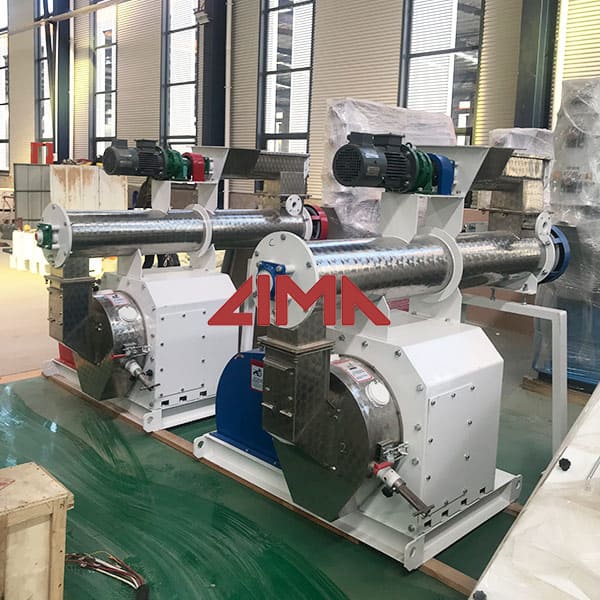
South Africa is one of the few countries in the world free of two major rabbit diseases that can kill large numbers of rabbits very quickly. These are myxomatosis and viral haemorrhagic disease. For this reason, the importing of rabbits from anywhere else in the world is completely banned. There is no cure for either of these diseases and both
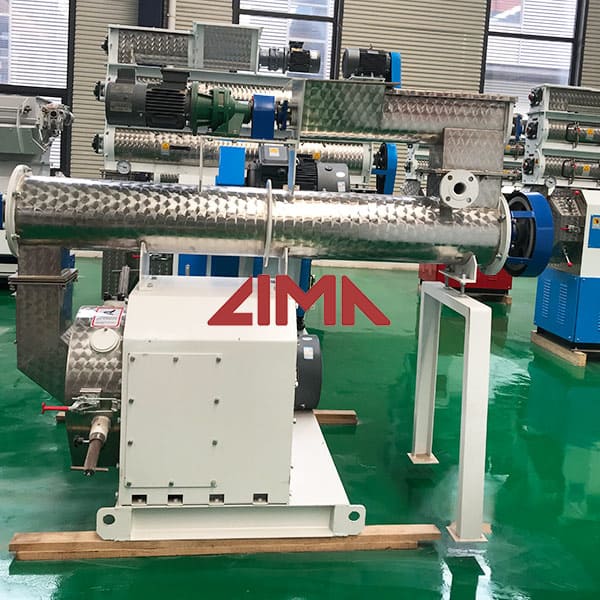
Rabbit Farming in South Africa. Rabbits love fresh food. Whatever style of feeding your rabbits you decide to follow, it is important that it is consistent. Feed at the same time every day, but it is better to feed twice per day than once. Make sure that all feed is fresh and completely free of mould. Where there is more than one rabbit in a

New Zealand Red is a meat rabbit and produces 4 litters per year. The New Zealand Red has a rich red pelt, closely resembling the colour of the Impala buck. They are more easily adapted to a high roughage diet and a slower production rate. The does (female rabbits) can produce 5 – 8 kits per litter and average four litters per year.
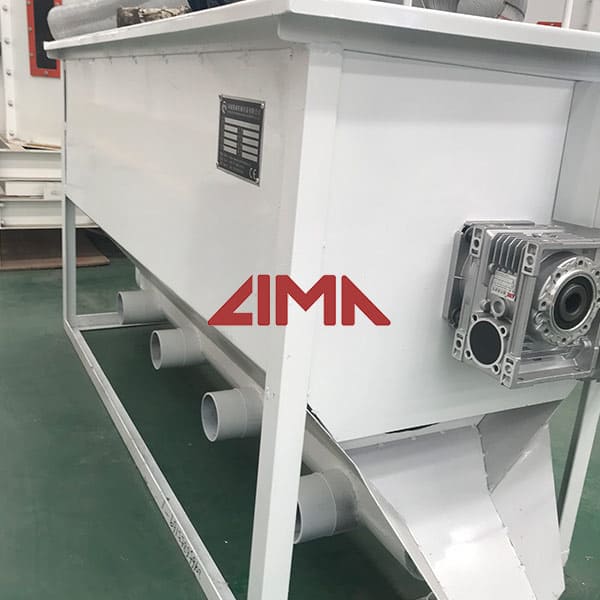
Nest boxes are a vital piece of equipment and can be made in many ways. Most farmers choose to use wooden boxes, either placed in the cage or clipped onto the outside of the cage with a hole in the cage for the doe to get in and out of. Alternatively, a 25-litre or 5-litre plastic water can can also be cut to create cosy, easily cleaned boxes.
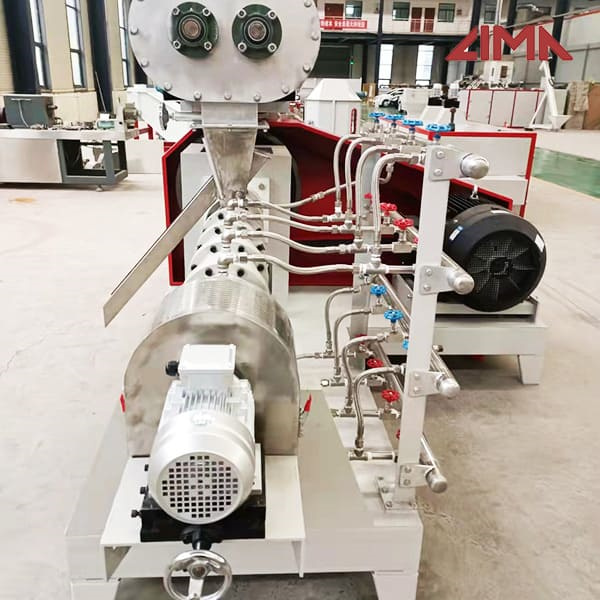
2009/10/30 · The world's largest rabbit meat production was reported in Chinese state with an estimated annual production 550,000-600,000 tons of carcass each year (Lebas, 2009). Rabbit populations in
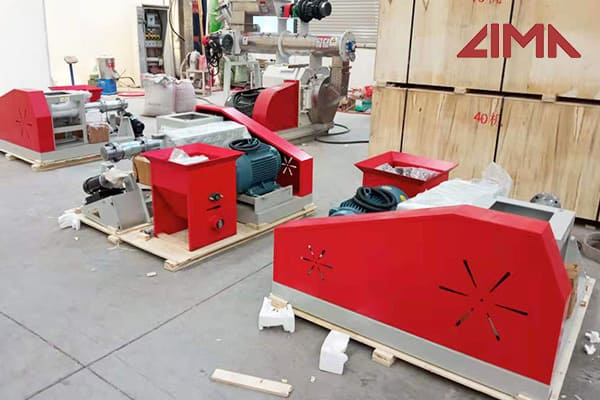
rabbit pellet making machine, rabbit pellet making machineFeed pellet production machine Parts Name : Ring die It's die mold is made of stainless steel or alloy steel for your cho 2018-10-11 · Pelleting. The uniformly blended feed
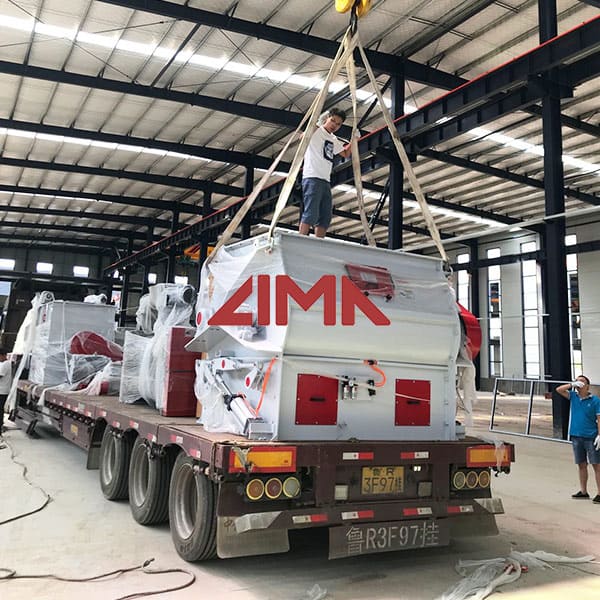
2018/07/03 · Rabbit farmers must have access to enough good quality food and water. Hay is an essential part of rabbits’ feeding requirements, and helps prevent air pockets from turning sour in a rabbit’s gut. The hay may be home-grown or bought in. Commercial premixed lucerne-based pellets are available on the market.

In 2019 South Africa shipped 31,877 tonnes of rabbit meat. For 2019 alone, the demand for South Africa rabbit meat (meat category) has decreased, with a change of -7.286 pc compared to the year 2018. Between 2017 and 2019, rabbit meat's exports decreased by -14.36 pc earning the country US$0.00m for the year 2019.

2014/06/25 · Absence of policy frameworks that supports backyard production systems, lack of or poor access to extension agents and veterinary services. This neglect has led to a lack of data on these animals